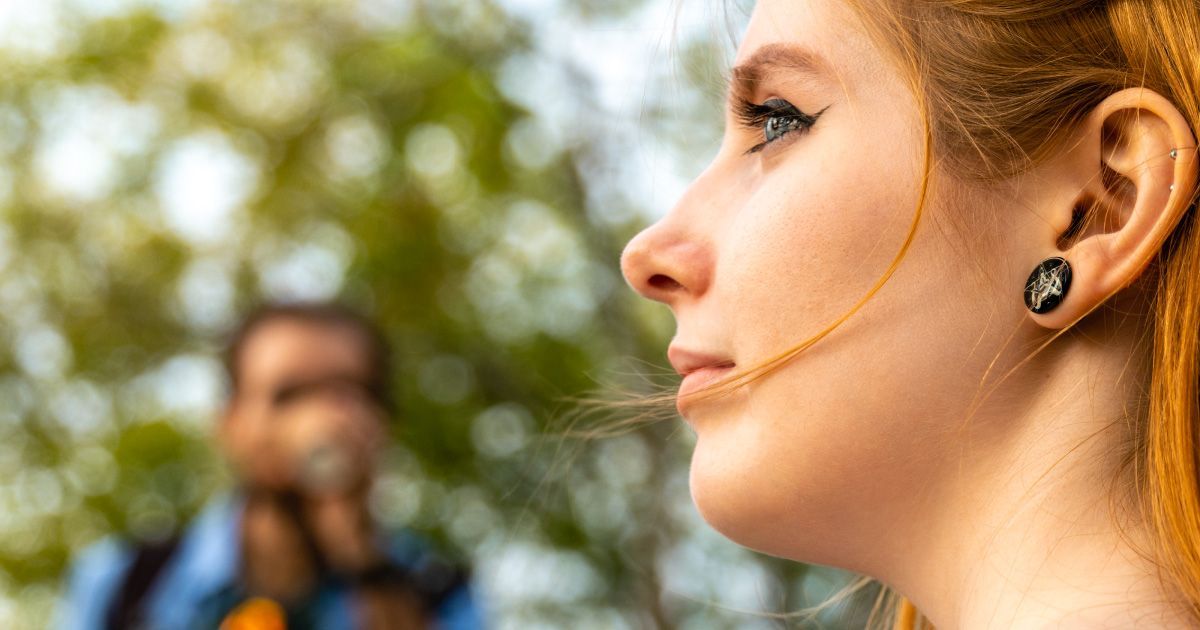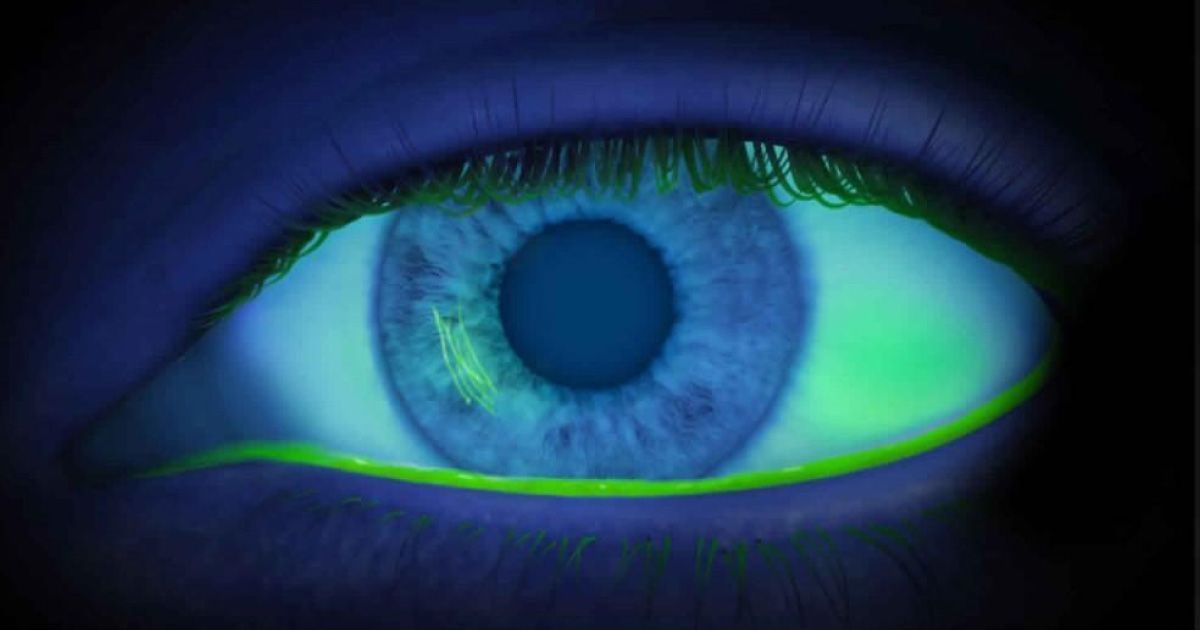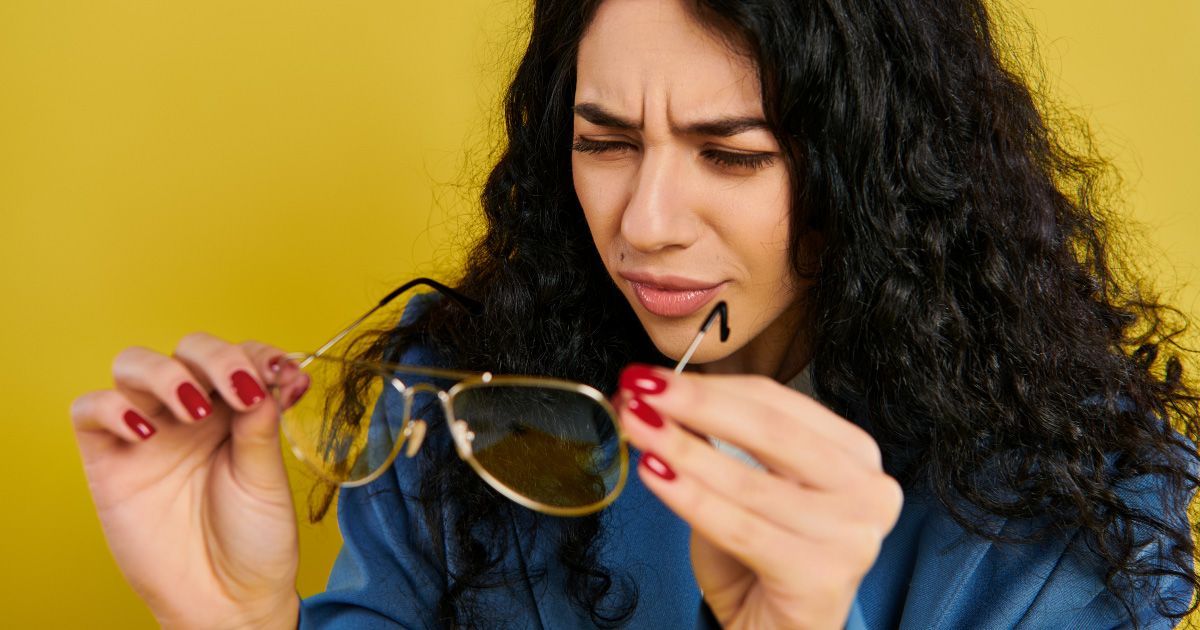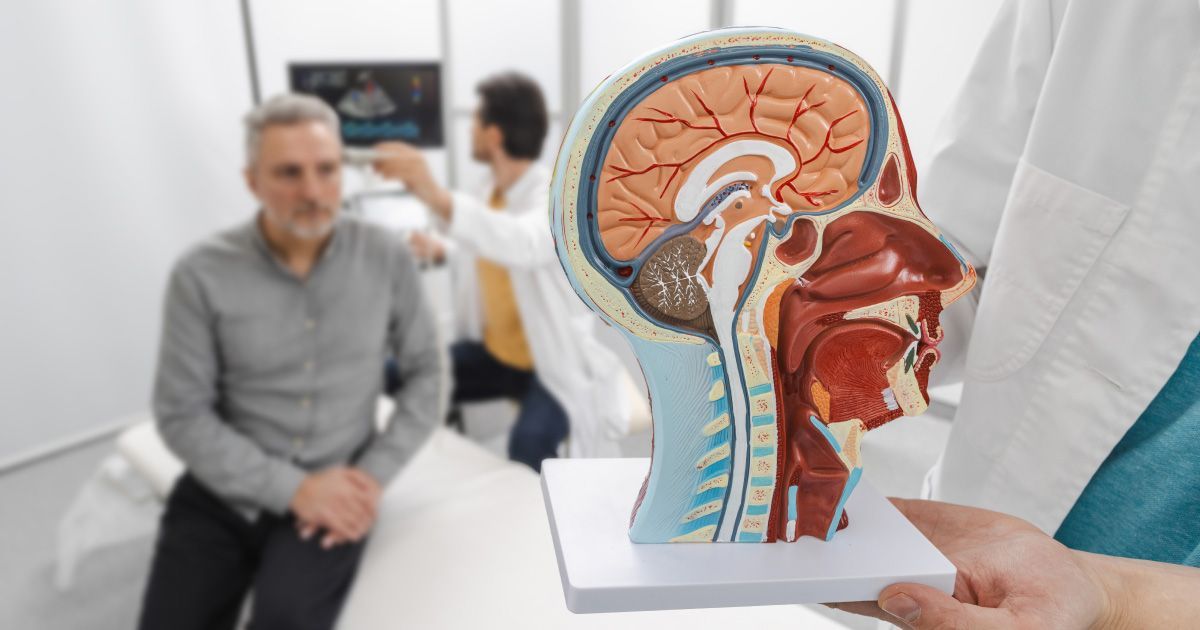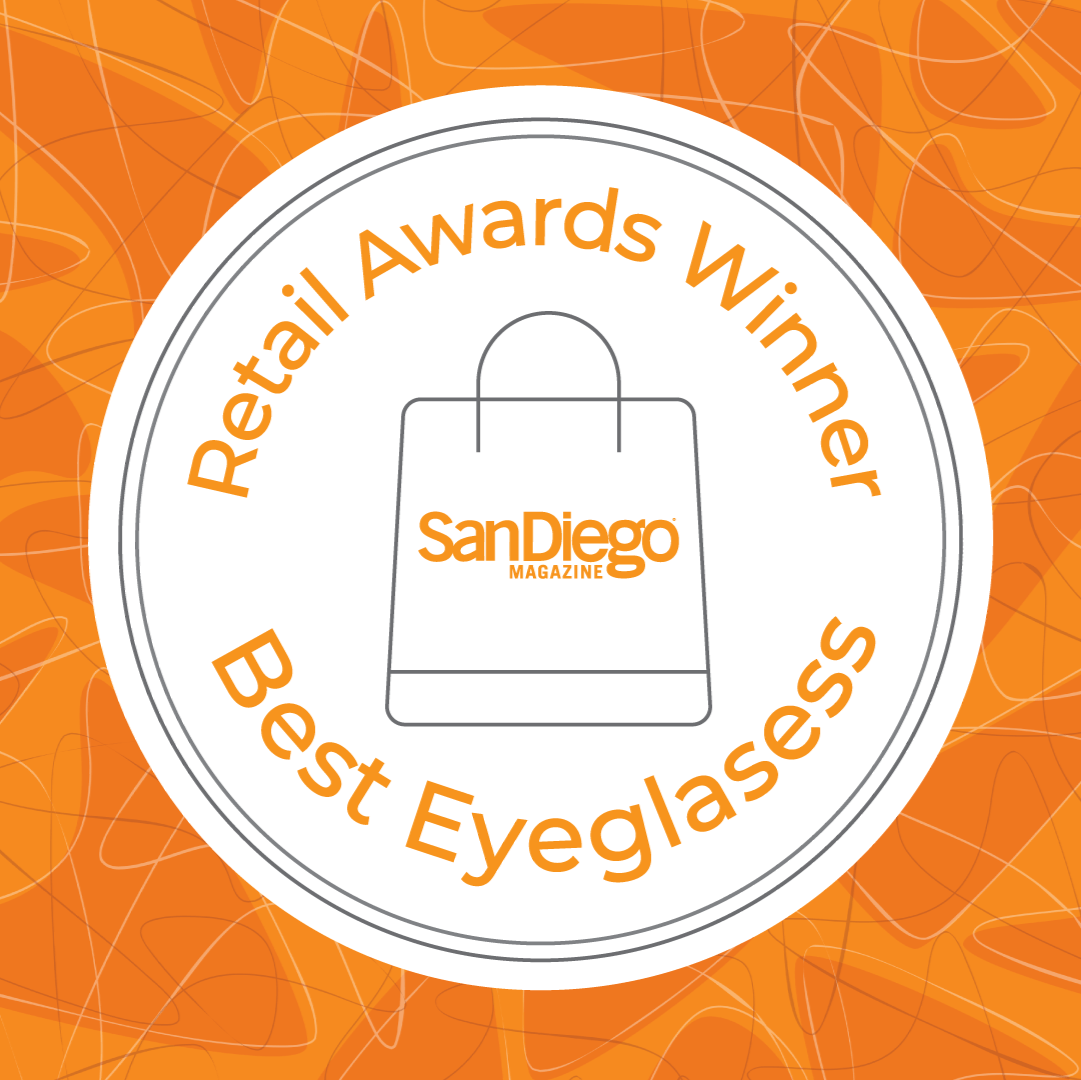Hydration Beyond Water: How Different Beverages Affect Your Eye Health

Read time: 6 minutes
When we talk about hydration, most people think of drinking enough water to keep their bodies functioning. But what about your eyes? Just like every other part of your body, your eyes rely on proper hydration to stay healthy and comfortable. They need a steady supply of tears to stay lubricated, clear, and protected from the outside world. And surprisingly, the beverages you choose beyond plain water – from your morning coffee to an evening soda – can have a significant impact on your eye health, affecting everything from tear production to eye pressure.
The Science of Tears and Hydration: A Historical Perspective
The idea that our body's hydration levels affect our eyes isn't a new concept, but the detailed understanding of how different drinks specifically impact tear production and eye pressure has evolved with scientific research. Early observations likely linked overall bodily dehydration to feelings of dry eyes, but the specific roles of compounds like caffeine and alcohol were explored more systematically in modern medicine. Researchers have spent decades studying the complex tear film – the thin, three-layered liquid that coats your eye – discovering how its balance of water, oils, and mucus is crucial for clear vision and comfort. This knowledge has led to a greater appreciation for how our daily fluid intake, or lack thereof, can contribute to eye problems.
The Role of Tears
Your tears are much more than just salty water. They form a vital, multi-layered film over the surface of your eyes, essential for:
- Lubrication: Keeping your eyes moist and preventing friction when you blink.
- Protection: Washing away dust, allergens, and irritants, and containing antibodies to fight infection.
- Nourishment: Delivering oxygen and nutrients to the cornea, the clear front surface of your eye.
- Clear Vision: Creating a smooth, optical surface for light to pass through, allowing for sharp vision.
When your body isn't properly hydrated, or when certain beverages disrupt this balance, the quality and quantity of your tears can suffer, leading to symptoms of dry eye. This is often referred to as ocular dehydration or dehydrated eyes.
Beverages That Can Affect Your Eyes
While water is the undisputed champion of hydration, some other popular drinks can have less beneficial, or even harmful, effects on your eye health.
1. Caffeine
Caffeine is a tricky one. Many people rely on coffee, tea, or energy drinks for a morning boost. Research on caffeine's exact impact on tear production is mixed. Some studies suggest it might temporarily increase tear production by stimulating tear glands, which could offer brief relief for dry eyes. However, caffeine is also a diuretic, meaning it makes your body produce more urine, leading to fluid loss.
If you don't drink enough water to balance this, the overall dehydrating effect on your body can reduce the moisture available for tear production, potentially worsening dry eye symptoms over time. It's a balance: enjoying your coffee might be fine but always pair it with plenty of water.
2. Alcohol
Alcohol is another major diuretic. When you consume alcohol, your body loses fluids at a faster rate than usual, which can quickly lead to overall dehydration. This dehydration directly impacts your eyes by reducing the amount of water available for tears, making your tear film unstable and less effective.
Alcohol can also cause systemic inflammation throughout the body, including the eyes, potentially affecting the glands that produce the oily layer of your tears (meibomian glands), which are crucial for preventing tears from evaporating too quickly. Symptoms like increased redness, dryness, irritation, and blurred vision are common after alcohol consumption, sometimes lasting into the next day. Chronic alcohol use can even lead to nutrient deficiencies (like Vitamin A and Omega-3 fatty acids) that are vital for eye health, further contributing to dry eye.
3. Sugary Drinks (Sodas, Sweet Teas, Fruit Juices with Added Sugar)
While sugary drinks don't directly impact tear production in the same way diuretics do, their regular consumption can have significant long-term negative effects on eye health due to their link with blood sugar levels and inflammation. High sugar intake can increase the risk of developing conditions like:
- Diabetes: Uncontrolled blood sugar levels from diabetes can damage the tiny blood vessels in the retina, leading to diabetic retinopathy, a leading cause of blindness.
- Cataracts: Elevated blood sugar can cause the lens of the eye to swell and increase the risk of developing cataracts (clouding of the lens).
- Glaucoma: High blood sugar and insulin levels can narrow blood vessels in the eyes, affecting fluid drainage and potentially leading to increased eye pressure, a major risk factor for glaucoma.
- Age-Related Macular Degeneration (AMD): Some studies suggest a high-sugar diet can contribute to the onset and progression of AMD, a condition that damages central vision.
4. Artificially Sweetened Drinks
While often marketed as healthier alternatives to sugary drinks, artificial sweeteners also raise some concerns regarding eye health for certain individuals. Though research is ongoing, some anecdotal reports and smaller studies suggest that certain artificial sweeteners, like aspartame, could be linked to side effects in sensitive individuals, including increased light sensitivity, blurred vision, eye pain, and even dry eye symptoms. However, these effects are not universal and vary greatly among individuals.
Diagnosing and Managing Beverage-Related Eye Issues
If you're experiencing persistent dry eye symptoms, blurred vision, or discomfort, it's crucial to see your Urban Optiks eyecare professional. They will conduct a comprehensive eye exam to diagnose the cause.
- Symptoms: They will ask about your symptoms, such as stinging, burning, grittiness, redness, light sensitivity, or blurred vision.
- Tear Film Assessment: The doctor might perform tests like the Schirmer test (using a paper strip to measure tear production) or use special eye drops with dye to assess the quality and stability of your tear film (how long it takes for tears to evaporate).
- Overall Health and Lifestyle: They will also ask about your overall health, medications, and crucially, your lifestyle habits, including your typical fluid intake and consumption of various beverages.
Read more about Dry Eye Assessment in this article on the National Eye Institute's website.
Management often focuses on a combination of approaches:
- Prioritize Water: The most fundamental step is to increase your intake of plain water throughout the day. This directly supports tear production and overall bodily hydration.
- Limit Dehydrating Beverages: Reduce or moderate your consumption of caffeine and alcohol. If you do consume them, make sure to drink extra water to counteract their diuretic effects.
- Be Mindful of Sugary and Artificially Sweetened Drinks: Opt for water, unsweetened teas, or natural fruit juices (in moderation) instead of sodas or heavily sweetened beverages.
- Nutrient-Rich Drinks: Incorporate beverages that support eye health. Smoothies with leafy greens (lutein, zeaxanthin), carrot juice (Vitamin A), and berry juices (antioxidants) can be beneficial. Some electrolyte-rich drinks, especially those with potassium, can also help maintain tear film composition.
- Artificial Tears/Eye Drops: Over-the-counter lubricating eye drops can provide temporary relief for dry eye symptoms. Your doctor might also prescribe stronger drops for more severe cases.
- Lifestyle Adjustments: Protecting your eyes from wind and dry air, using humidifiers in dry environments, and taking regular breaks from screens (the 20-20-20 rule) can also help manage symptoms.
The Takeaway
Understanding how what you drink impacts your eyes goes beyond just quenching your thirst. By making conscious choices about your beverages, you can actively support healthy tear production, maintain stable eye pressure, and ultimately contribute to long-term visual comfort and clarity. Your eyes will thank you for it!
If you’re experiencing dry eyes or other vision discomfort, your daily beverage choices could be playing a role. Talk to your optometrist about how what you drink might be affecting your eye health. Schedule an appointment with Urban Optiks Optometry today to get personalized guidance and support for healthier, more comfortable vision.
Share this blog post on social or with a friend:
The information provided in this article is intended for general knowledge and educational purposes only and should not be construed as medical advice. It is strongly recommended to consult with an eye care professional for personalized recommendations and guidance regarding your individual needs and eye health concerns.
All of Urban Optiks Optometry's blog posts and articles contain information carefully curated from openly sourced materials available in the public domain. We strive to ensure the accuracy and relevance of the information provided. For a comprehensive understanding of our practices and to read our full disclosure statement, please click here.







